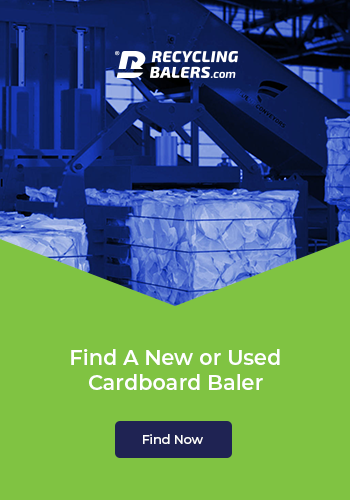How to Choose the Correct Baling Wire
Baling wire is often used to tie together compressed materials and keep them intact. In the past, it was used to compress bales of hay so that they would take up less space and be easier to transport. That proved to be harmful for the animals so the practice was halted. However, baling wire is still used quite often for a number of purposes, including household DIY projects.
Bale ties are most commonly used in recycling industries; and recyclers require good quality wire to ensure the materials are tied properly. Here are some tips on how to choose the right bailing wire.
What Do You Need?
Different baling machines require different kinds of wires so you need to figure out what kind of wire you need for your machine. When you purchase your balers, the manufactures will usually recommend a specific type of wire for the machine so all you need to do is read the instruction manual. If you purchase a used baler, you should ask the seller what kind of wire they use in their machine. Don’t purchase a wire blindly so if you have two ram baler, horizontal baler, or vertical baler, investigate which wire is ideal for the machine before you purchase it.
Types of Wire
There are many different kinds of baling wires available in the market such as:
Single-Loop Bale Ties – These wires need to be tied by hand and are often used in vertical balers. They allow you considerable amount of flexibility because you can cut according to your requirements and there’s no wastage of wire. Because this wire needs to be fed into the machine by hand, you need to choose the product carefully and make sure it’s of good quality.
Double-Loop Bale Ties – Double-loop ties should be easy to feed into the machine and should be strong. These wires have loop ties on both ends and are generally easy to twist according to your needs. Because they’re so easy to use, they are very popular in the recycling industry.
Black Annealed Baling Wire – These wires are coated with oil, which ensures that they move through the baler easily and without friction. The oil is specially designed to ensure the wire doesn’t rust or wear down over time.
Coiled Baling Wire – Coil wire is used in automatic baling machines where the ties are made by the baler and not manually. These wires are not pre-cut and can continuously feed the baler as it packs and ties large amount of material. This is ideal of large recycling plants and a number of automated baling machines.
There are other wires available in the market as well, including cut wire, box wire, high tensile galvanized wire, soft coils, etc. You can ask your local dealer for information on these wires to figure out which wire is ideal for you.
Things to Keep In Mind
The quality of the wire depends on how it’s made; so when you purchase these wires, be sure to check the gauge and the tensile strength of the wire. The gauge is essentially the thickness and diameter of the wire while the tensile strength refers to its ability to withstand tension and pressure. When compressed materials are tied together, they’ll want to expand back to their original size. The baling wire keeps them compressed so it has to endure considerable amount of pressure.
If the wire is weak and of a smaller gauge, it will snap under the pressure and cause the compressed material to expand. You can expect wires from companies like Baling Wire Direct to be of good quality, so research their products while you make your purchase.



